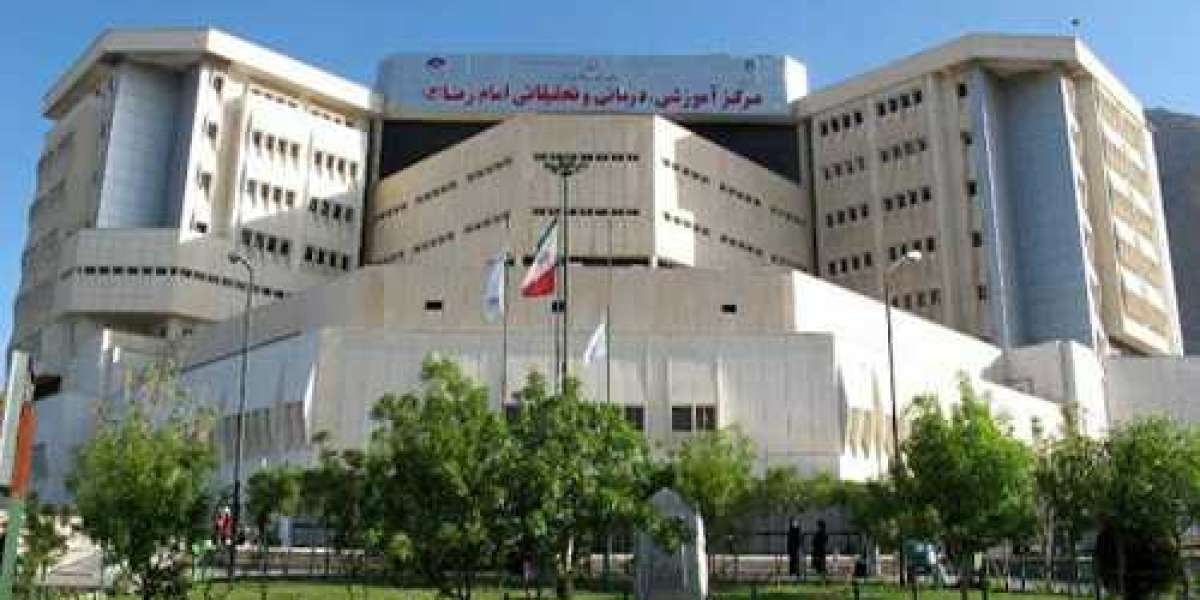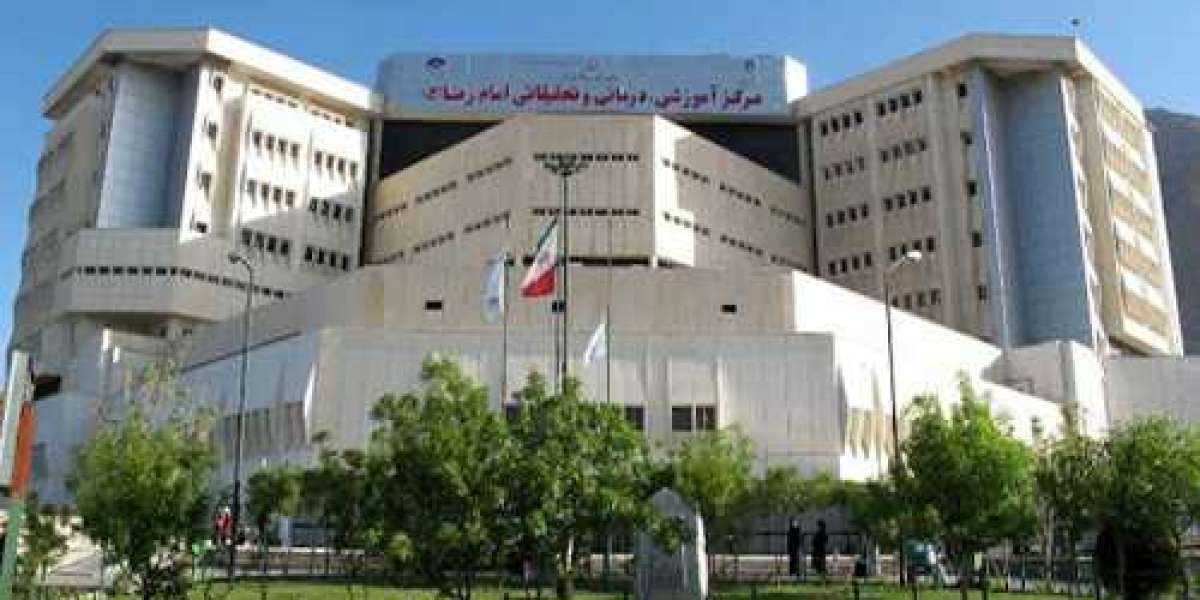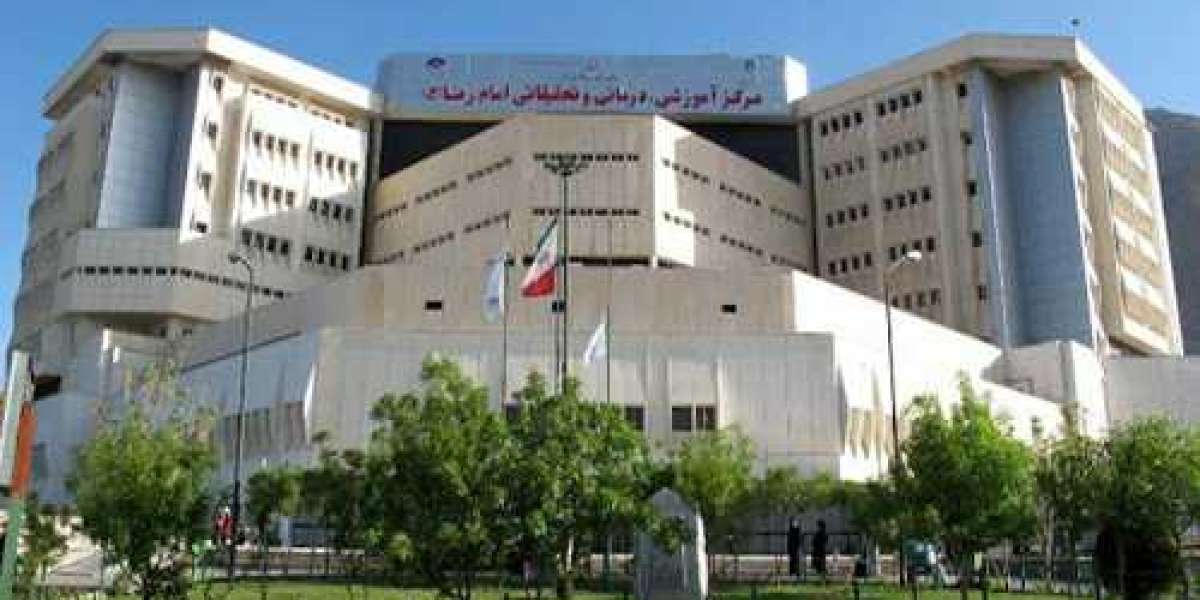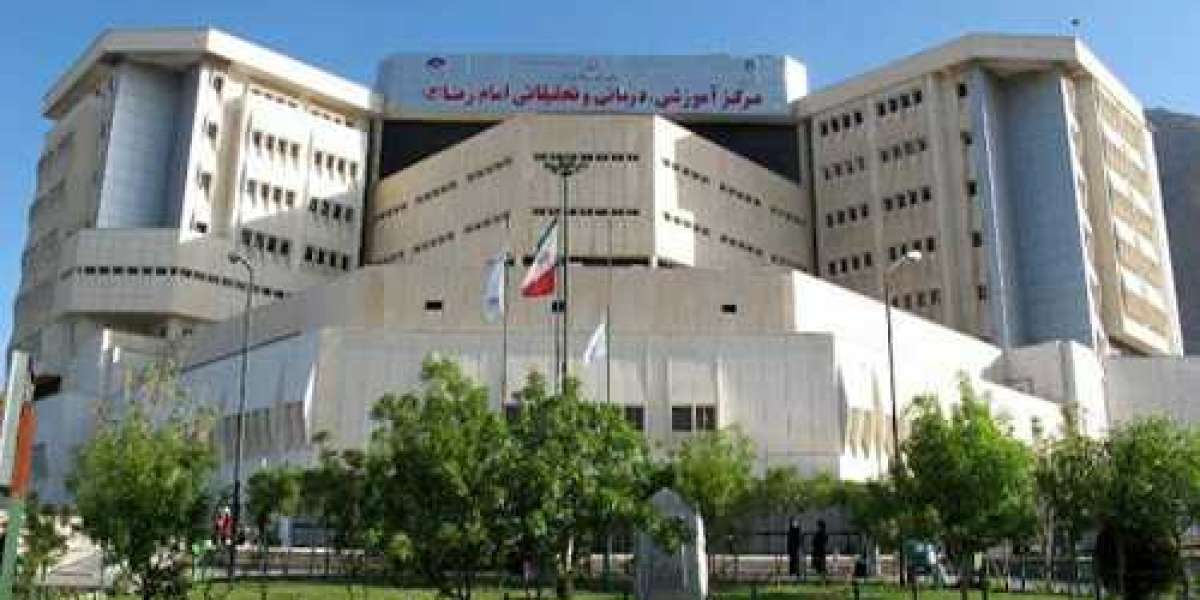Studying MBBS in Iran has become a practical and cost-effective solution for Indian students in 2025 who are seeking a quality medical education without bearing the burden of heavy tuition fees or donation-based admissions. With a strong reputation in the field of medicine and healthcare, Iran’s medical universities provide a globally recognized MBBS program that is now attracting students from across Asia, Africa, and the Middle East—especially from India, where limited government seats and exorbitant private college costs make studying abroad an appealing alternative.
Course Duration and Curriculum
The MBBS course in Iran is structured to span seven years, which includes both academic and practical training, culminating in a one-and-a-half to two-year clinical internship. Unlike in many Western countries where the pre-medical and medical degrees are separate, Iran follows an integrated MBBS model that begins after higher secondary education. The language of instruction for international students, particularly in top-tier universities, is English. This removes the language barrier for Indian students and makes it easier for them to study, communicate with faculty, and engage in clinical practice. Additionally, the medical curriculum followed by Iranian universities is aligned with the standards set by the World Health Organization (WHO) and is acceptable by the National Medical Commission (NMC) of India, ensuring that Indian students can return to their home country and appear for the Foreign Medical Graduate Examination (FMGE) or NExT.
Eligibility Criteria for Indian Students
To be eligible for admission to the MBBS course in Iran, Indian applicants must have completed their higher secondary education (10+2) with Physics, Chemistry, and Biology as compulsory subjects. A minimum of 50% aggregate marks in PCB is required for general category students, while students from SC/ST/OBC categories may qualify with 40%. In addition, all Indian students who intend to practice medicine in India after their graduation must qualify the NEET (National Eligibility cum Entrance Test), which is mandated by the NMC. This ensures that only students with the required academic foundation are admitted into the medical program abroad.
Top Medical Universities in Iran
The most recognized institutions for MBBS in Iran include Tehran University of Medical Sciences, Shiraz University of Medical Sciences, Iran University of Medical Sciences, Isfahan University of Medical Sciences, and Mashhad University of Medical Sciences. These universities are well-regarded for their advanced research facilities, teaching hospitals, and international collaborations. Their reputation, infrastructure, and English-taught programs make them especially suitable for Indian and other international students.
Admission Process – Step by Step
The admission process to MBBS programs in Iran for 2025 is relatively straightforward and largely merit-based. First, students must begin by researching universities in Iran that are NMC-approved and offer MBBS programs in English. Once a student shortlists the universities based on tuition fees, location, infrastructure, and recognition, the application process can begin.
Applications are typically submitted either directly on the university’s official portal or through authorized education consultants. Students are required to upload scanned copies of their academic documents including 10th and 12th grade mark sheets, NEET scorecard, passport, passport-size photographs, and any other documents requested by the university. Some institutions may conduct a short online interview or entrance test to assess the student’s aptitude in science and English communication. Once the application is approved and eligibility is confirmed, the student receives a provisional admission letter. To secure the seat, the student must pay the initial tuition fee deposit as per university instructions.
After receiving the admission letter, the next step is to apply for a student visa through the Embassy of Iran in India, usually located in New Delhi or the regional consulate in Mumbai. The visa application process involves submission of the admission letter, original passport, visa form, passport-sized photographs, proof of financial capability, and a medical fitness certificate. Visa approval can take up to 2–3 weeks. Once the visa is granted, students can proceed with travel arrangements and prepare to begin their journey toward a medical career in Iran.
Tuition Fees for MBBS in Iran
One of the strongest advantages of studying MBBS in Iran is the affordability of its tuition structure. Annual tuition fees in most Iranian universities range from 4,000 to 6,000 US dollars, which is significantly lower than private medical colleges in India or institutions in countries like the US, UK, or Australia. For the entire 7-year course, including internship, the total tuition cost is approximately 35,000 to 50,000 USD. Additionally, the universities charge around 800 to 1,200 USD annually for hostel accommodation, which usually includes basic furnished rooms, food facilities, and security.
Living Costs in Iran for Indian Students
The cost of living in Iran is also reasonable and suits the budget of Indian middle-class families. Monthly expenses covering food, transport, personal care, and other necessities typically fall between 150 to 250 USD. With such affordable expenses, the overall cost of completing an MBBS in Iran ranges between ₹30 to ₹42 lakhs INR, which is nearly half the cost of many private Indian medical colleges.
Scholarships and Education Loan Options
Some universities in Iran also offer financial support and partial scholarships to international students based on academic performance. These scholarships may include a fee waiver for top-ranking students or those who demonstrate excellence in internal assessments. While not as widespread as in Western countries, such merit-based incentives can help ease the financial burden for deserving candidates. Moreover, since Iranian universities are NMC-approved, students can also secure education loans from Indian banks by submitting their admission letters and fee structure documents.
Campus Life and Student Safety
Iran also provides a rich and immersive experience for Indian students. The country is culturally vibrant, historically rich, and widely known for its hospitality. Many Iranians understand basic English, and Indian students often find it easy to adjust due to similarities in food, customs, and family values. Iranian cities like Tehran, Shiraz, and Isfahan offer a safe, student-friendly atmosphere and modern infrastructure. The universities are equipped with state-of-the-art laboratories, simulation centers, and attached hospitals where students receive hands-on clinical training from experienced doctors.
Career Scope and Recognition of MBBS Degree
After completing MBBS from Iran, Indian students can return to India and appear for the NExT (National Exit Test), which is soon to replace the FMGE as the licensing examination. Since the medical curriculum in Iran is similar to that of India, graduates often find themselves well-prepared for this test. Additionally, Iranian medical degrees are accepted by global medical bodies such as WHO, UNESCO, and FAIMER, allowing graduates to pursue further studies or practice medicine in other countries, provided they meet local licensing requirements. Some graduates choose to stay in Iran or relocate to Gulf countries, where demand for doctors is growing, and Iranian degrees are well recognized.
Conclusion: Why Choose MBBS in Iran?
In conclusion, pursuing an MBBS in Iran in 2025 offers Indian students a reliable, affordable, and academically strong alternative to traditional medical education pathways. The process is transparent, merit-based, and free from donation, which makes it a highly ethical and value-driven choice. With globally recognized degrees, strong clinical training, and reasonable living costs, Iran stands out as a top destination for Indian medical aspirants seeking quality education and global opportunities.











